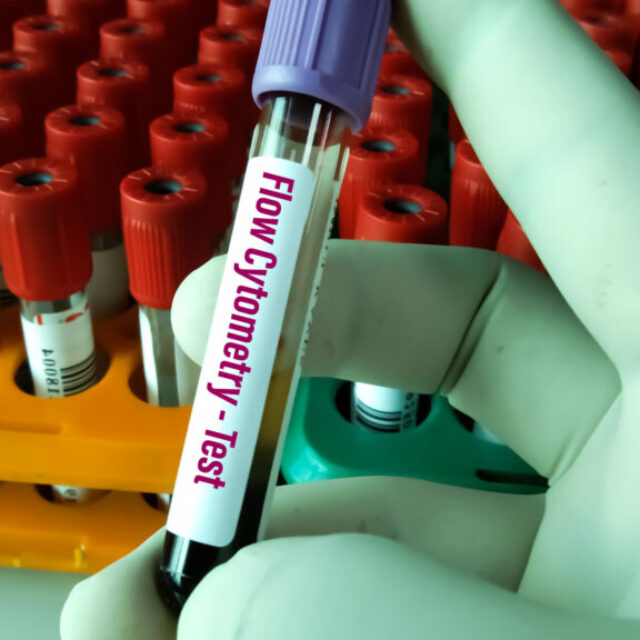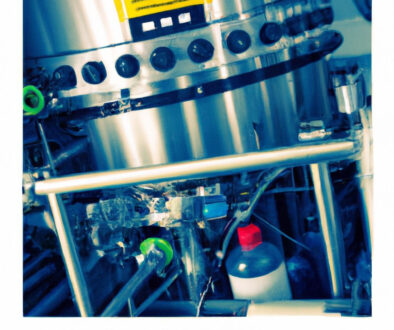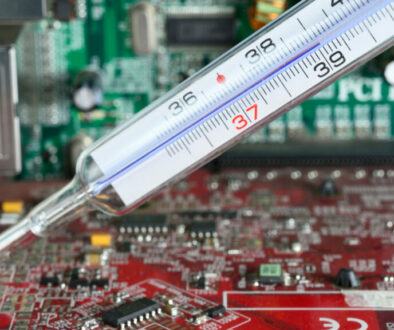A General Overview of Flow Cytometry Components and Applications
What is Flow Cytometry?
Flow cytometry is a method used to analyze and sort particles suspended in a liquid flow by measuring their properties using a flow control system. The particles are typically dyed with fluorescent markers and then passed through a laser beam, which causes the fluorescent markers to emit light at different wavelengths. The light is then detected by a series of photomultiplier tubes or avalanche photodiodes, which convert the light into electrical signals. These signals are then used to generate a histogram or dot-plot, which can be used to analyze the data. Flow cytometry can be used for a variety of applications, including cell sorting, DNA analysis, and protein characterization. The components of a flow cytometer can vary depending on the application, but they typically include a flow control system, a laser, a detector, and data analysis software. By understanding the basic principles of flow cytometry, scientists can develop new ways to use this powerful tool to solve problems in biology and medicine.
Why use Flow Cytometry?
Flow cytometry is a powerful tool for analyzing the physical and chemical properties of cells. By flow control, cells can be analysis in a microfluidic system which is an miniaturized device that uses fluid flow to perform chemical or biochemical tests. Various applications use flow cytometry including cell counting, DNA analysis, protein analysis, and cell sorting. Components used in flow cytometry include lasers, photomultiplier tubes, flow control devices, and computer-based data acquisition and analysis systems. Cell counting is performed by using a hemocytometer which is a device that uses a microscope to count cells in a small volume of liquid. To determine the DNA content of cells, Propidium Iodide (PI) is used which is a fluorescent dye that binds to DNA. To measure the amount of protein in a cell, directly fluorochrome labeling or indirect
immunofluorescence labeling can be used. Cell sorting is performed by using fluorescence-activated cell sorters (FACS). FACS machines use lasers and optics to analyze cells as they flow through the machine. The light scatter properties and fluorescence intensity of each cell is measured and plotted on a histogram or dot-plot. The FACS machine then sorts the cells.
Flow Cytometry Applications:
Flow cytometry analytical data can be used to measure a variety of physical and chemical characteristics of cells. The most common applications of flow cytometry include cell counting, cell viability assays, and cell cycle analysis. Cell counting is typically used to determine the total number of cells in each sample. Cell viability assays are used to measure the percentage of living cells in a sample, while cell cycle analysis is used to determine the proportion of cells in each phase of the cell cycle. Flow cytometry can also be used to measure other characteristics such as cell size, protein expression, and DNA content. By understanding the different applications of flow cytometry, researchers can more effectively use this tool to answer important scientific questions.
What is (FACS)?
Fluorescence-activated cell sorters (FACS) are a type of flow cytometry used to sort cells based on their fluorescent properties. Cells are stained with fluorescent dyes, then passed through a stream of light. The light excites the dye molecules, causing them to emit light at a different wavelength than the original light. By detecting the emitted light, FACS can sort cells according to their fluorescence. This method is useful for sorting cells that have been labeled with multiple dyes, as each dye will emit light at a different wavelength. FACS can also be used to sort cells based on their size, shape, and other physical properties. However, it should be noted that FACS is not able to distinguish between live and dead cells. As such, it is important to use another method to determine the viability of sorted cells. Flow Control is one such method that can be used in conjunction with FACS to ensure that only viable cells are sorted.
Importance of Pressure Regulation in Flow Cytometry
Pressure regulation is a key component of flow cytometry, as it helps to ensure the accuracy and reproducibility of results. By regulating the pressure of the flow of cells, flow cytometers can control the size and shape of cell populations, as well as the fluorescence intensity of individual cells. This allows for more accurate data collection and analysis, as well as greater consistency between different runs. In addition, pressure regulation also helps to protect sensitive cell populations from damage by preventing them from being subjected to too much force. As a result, pressure regulation is an essential part of flow cytometry and should be carefully controlled in order to obtain the best results.
The Kelly Electronic Regulator for Flow Cytometry Applications
The Kelly Low Flow Regulator is a perfect solution for using precision pressure control to pilot operate a liquid to control flow at microfluidic flow rates. Since the regulator is pilot-operating a pressure over the liquid, no flow is required to be maintained by the regulator. This means that the regulator can be customized to accurate minute pressure changes smoothly.
This precise pilot pressure control is crucial for Flow Cytometry applications. These applications require extremely accurate low volume and precise rates of fluid to be combined for cytometry analysis. The Kelly Low Flow Regulator can be used to precisely control the pressure of both the sheath fluid and sample fluid reservoirs. The pilot pressure on these revisors accurately pushes the fluids to combine in an integrated precision nozzle, thereby mixing the sheath fluid and sample fluid to pass single cells through the laser light source for analysis of cell fluorescence.
Since the Kelly Low Flow Regulator can be controlled dynamically by a control system, this allows immediate fine-tune adjustments to resultant outlet flow rates, meaning manual adjustment is not necessary. This also allows the same regulator to be sued for Flow Cytometry tests and sample types. By programming a set of accurate pilot pressures to flow-rate equations, the Low Flow Regulator can be commanded to be used with varying Flow Cytometry settings per test.



